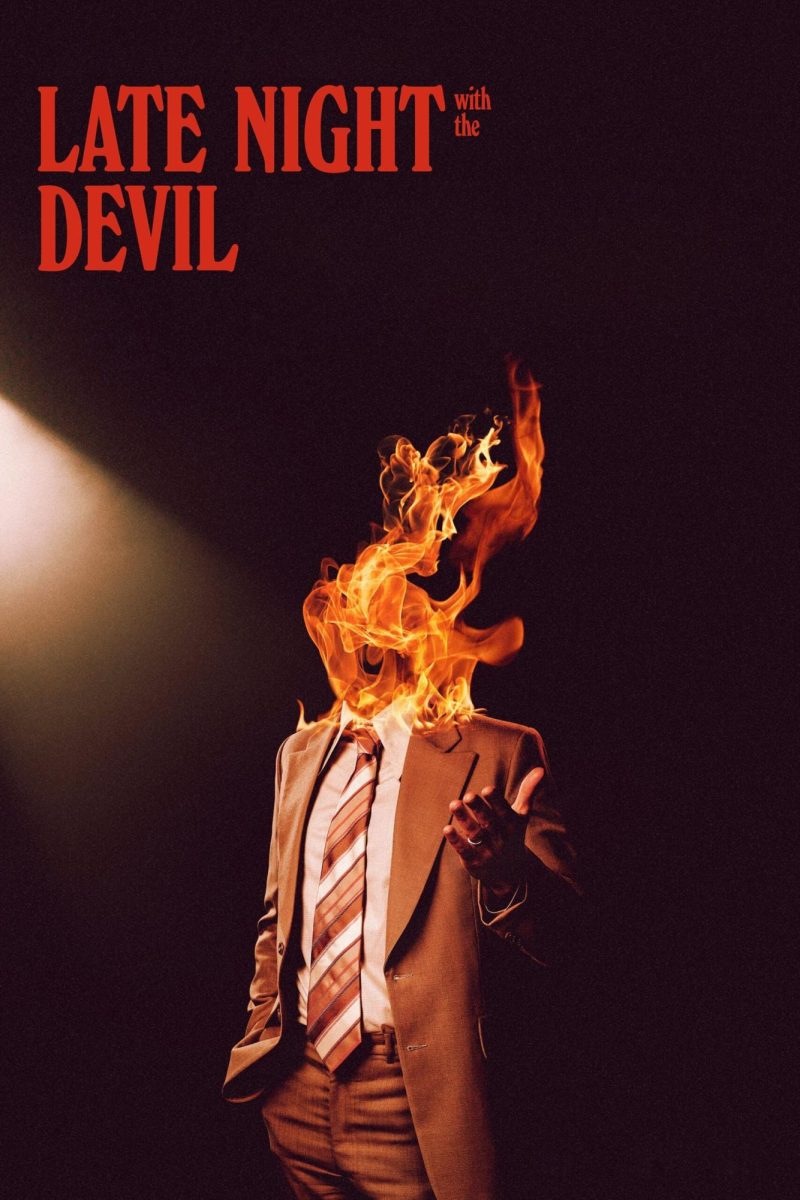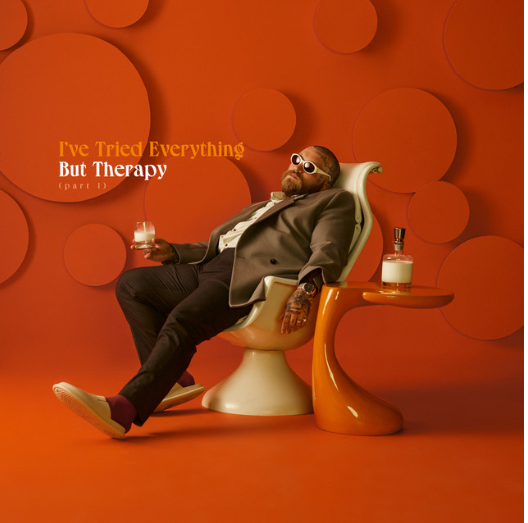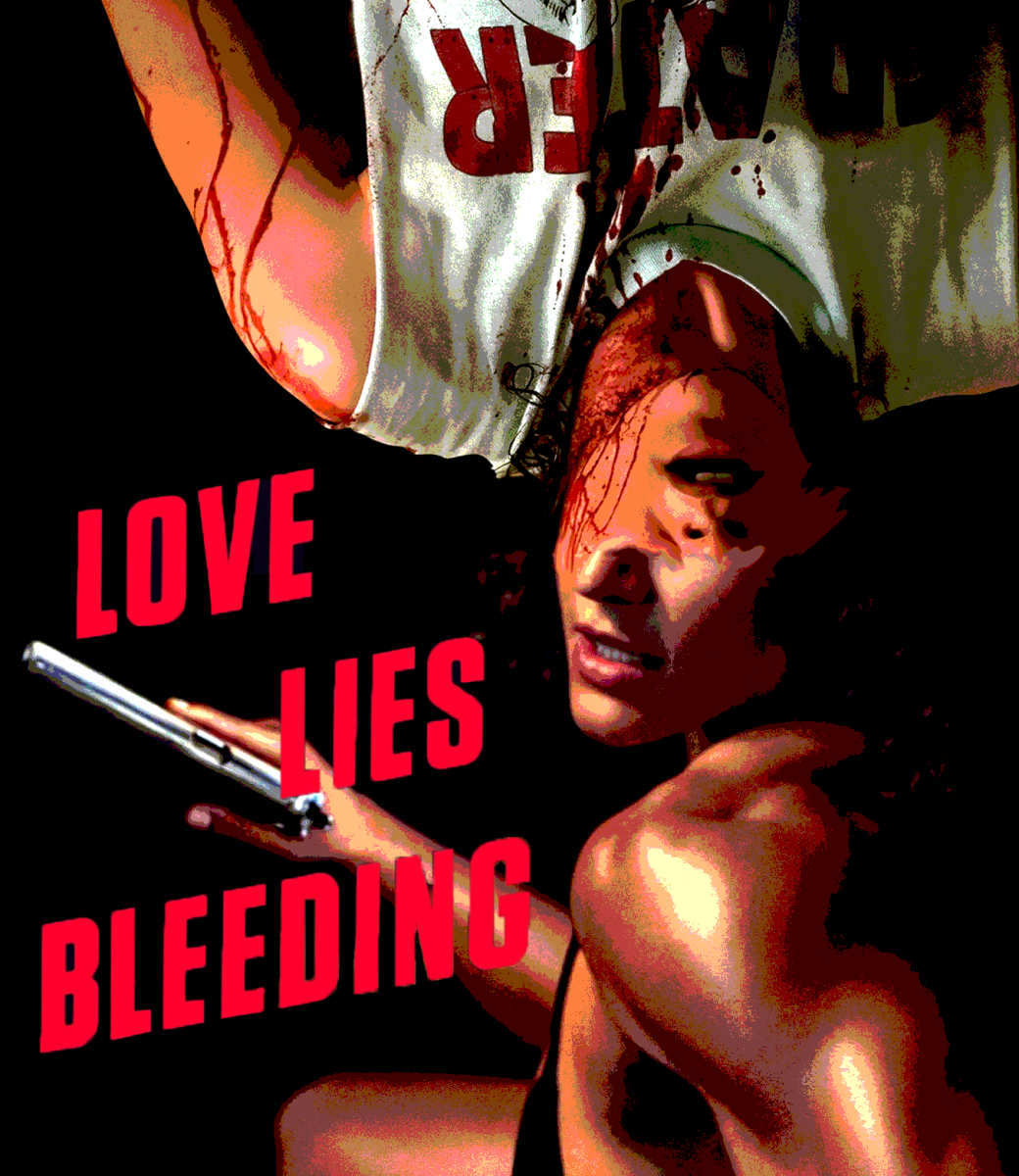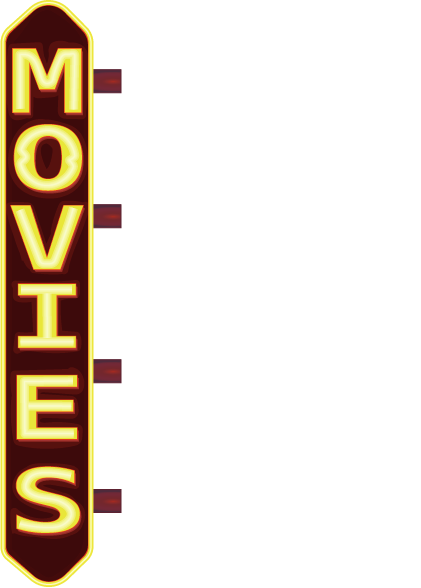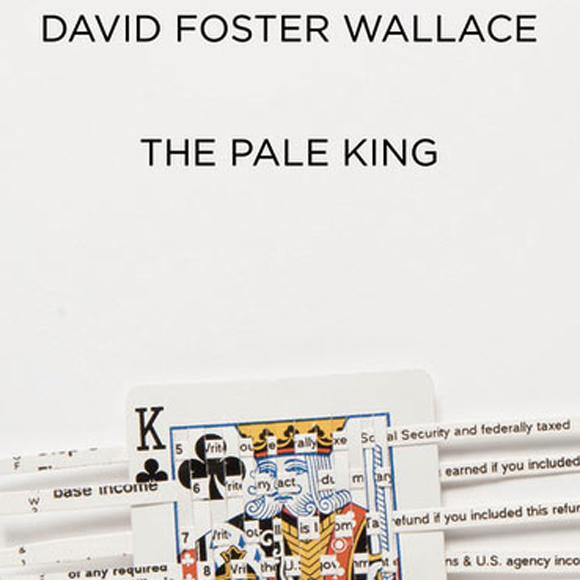
When David Foster Wallace died in 2008, he left behind pages and pages of notes on his next big project. Wallace, called “one of the most influential and innovative writers of the last 20 years” by Los Angeles Times, carved his own niche out in contemporary American fiction by responding to what he saw as the dangerous tendencies of postmodernism– namely, cheap cynicism and hip irony.
By age 46, when Wallace eliminated his own map (as he would say in “Infinite Jest,”) he had become one of the prophetic voices of his literary generation. Forging the path into post-postmodernism, his encyclopedic yet accessible essays, his insightful and incisive short stories, and his two voluminous novels (“The Broom of the System” and “Infinite Jest”) accounted for one of the most creative and observant minds in modern literature.
Wallace’s editor compiled the notes Wallace left behind into a novel. Released in 2011, “The Pale King” is an incomplete mess of a book. Characters wander in and out of the story unexplained, only to appear again 200 pages later, or not at all. The 540-page novel explores meta-modernist memoir, tax agencies in Peoria, Ill., Jesuit university professors, airplanes, loneliness and boredom. With his trademark hysterical realism and maximalism, Wallace paints an incredibly detailed account of his settings and his characters’ psychologies without ever seeming indulgent.
While “The Pale King” is so incoherent one can barely call it a novel, all of its errors can be forgiven when the reader knows its genesis. Instead, what we are left with is a blueprint of an epic masterpiece, a magnum opus that could have rivaled Wallace’s own “Infinite Jest,” which clocks in at 1,100 pages.
In fact, reading “The Pale King” makes the loss of Wallace unbearable at times. The reader is treated to notes of a genius mind work, the vague sketches of a literary giant at the height of his powers. America still obsesses about discovering “The Great American Novel.” “The Pale King” may not have been it, but one gets the sense that many great American novels could have flowed from Wallace’s pen.
“The Pale King” can be a tough slog at times, partly because of its maximalist nature. Like “Infinite Jest,” which contains 90 pages of endnotes, including the entire directorial filmography of one of his characters, “The Pale King” provides more information than the casual reader would care to know. After reading the novel, I know way more about tax codes than I would ever care to. Entire chapters are given to intricate explanations of a “trickle- down economy,” etc.
Yet, the real strengths of “The Pale King” lie in the passages in which Wallace indulges in his true philosophical passions. One chapter, totaling about 100 pages, reads like a pseudo-memoir, where Wallace writes himself into the novel and addresses the audience directly. When describing how he got into accounting, Wallace describes one experience he had in a college classroom, where he felt the words of one professor, a substitute, no less, were directed directly at him. He learned, as he remembers, that if one “can find the cure to boredom, there is literally nothing you cannot do.”
In a similar passage, Wallace writes a 12-page transcript of the thoughts of one journey aboard a transfer flight from Chicago to Peoria, roughly 45-minutes. His bored mind wanders from passenger to passenger to the consequences of biting his own fingernails. I have never read anything like it. Later, one of the chapters, almost a stand-alone short story, chronicles the desperate attempts of a lonely schoolboy to create strategies to lessen his excessive sweating and to keep his schoolmates from noticing. At once sad and hilarious, this chapter recalls the best moments of “Infinite Jest.”
I would not recommend “The Pale King” to anyone who is not a self-defined Wallace worshipper. It is an important work of contemporary American fiction, but frustratingly enigmatic and obviously unfinished. But, for the fan of Himself, “The Pale King” is a must-read. The novel can be imagined as the fictionalized version of Wallace’s now-famous commencement speech at Kenyon College titled “This Is Water.” Boredom, Wallace seems to suggest, can never be cured, but only treated by choosing what it is we let our minds wander and wonder about. The key is to avoid solipsism and dodge the notion that “I am at very center of my every experience.”
Perhaps, Wallace posited, this could offer the solution to the daily trenches of the day-in and day-out nature of adult life. Or else, it just might change your life. “This is incredibly hard to do,” Wallace wrote. “Although, of course, you end up becoming yourself.”



